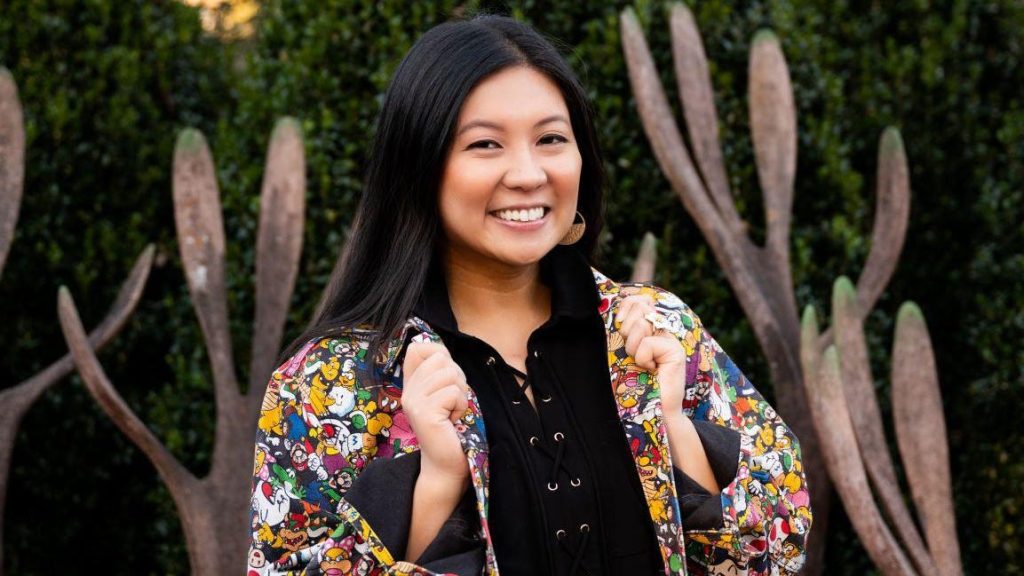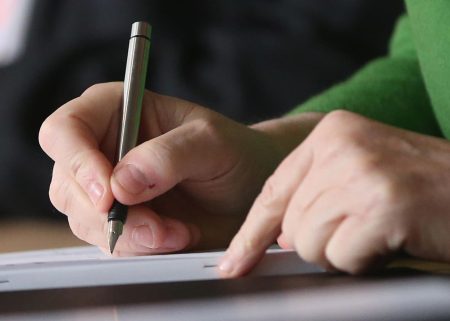The $1 rule takes the guilt out of shopping, and helps you stop overspending to save more money toward financial independence.
When I started my journey to pay off my student loan debt, I was hit with the same advice over and over again — cut out unnecessary expenses and adhere to a super-strict budget.
It worked for a few months, but constantly tracking every cent and berating myself for spending on things I enjoy did not inspire me to become more financially responsible. It made saving money tedious and monotonous.
I decided to do the opposite — I loosened up my budget and allocated for things like clothes, accessories, home goods and gifts, by implementing my simple $1 rule.
With the $1 rule, you can keep on track with ambitious money goals, without feeling like you have to sacrifice the fun of shopping.
The $1 Rule Offers Permission, Not Restrictions
The rule is easy to implement starting today. You can buy an item as long as it comes out to $1 or less per use.
It works well for items that often are impulse purchases — clothing, shoes, accessories and home goods, and forces me to stop and think about how frequently I’ll use an item, and how long I will realistically keep it, before I buy it.
For example, a handbag you use for work every day that costs $200 could fit the $1 rule if you use the bag every day for a year, while a shirt that costs $10, but you only wear once would not.
I often coach women who feel guilty for spending money. They get so focused on how much things cost, rather than how much utility they would get, that they become afraid to spend money at all, especially if it’s for themselves.
I recently coached a new mom who hadn’t bought herself any new clothes since her child was born, and was getting ready to head back to work from maternity. She had the mentality of, “I’ll make do with what I have, even though these clothes make me look and feel terrible.”
As her money coach, she expected me to celebrate her choice to save money and was surprised to hear that I thought it was a terrible idea. Instead, I introduced her to the $1 rule and encouraged her to buy at least two new outfits that she felt confident in, as long as the items would come out to $1 per use.
Instead of dreading going back to work in her old clothes, she was excited to try new looks, and we were still able to keep her budget on track.
It’s a helpful way to shift away from “I can’t anything” to “I can buy things as long as I make good use of them.”
Stop Feeling Guilty About Big-Ticket Items
The $1 rule removed the shame I used to feel for spending on big-ticket items like furniture or a new laptop, and also from things I just wanted to buy but don’t necessarily need.
It also discourages fast fashion and low-quality purchases because when you consider usage, even cheap items won’t fit the $1 rule.
I’ve recently downsized from a 4-bedroom house to a 2-bedroom apartment. Before the $1 rule, I would buy cheaper furniture to fill up space. I didn’t appreciate the reason why the furniture was cheap: It doesn’t last long!
With the $1 rule in mind, I didn’t second-guess buying a more expensive couch and a higher-quality bed. My new bed cost more than $1,000, and I thought, “Is it worth $1 per day to have a bed that I can sleep well in for the next three years?”
Expensive items feel different when you consider them from a per-use point of view versus a total dollar amount.
Splurging On Experiences Is Encouraged As An Exception
I recommend that you choose three categories that are unique to your interests and splurge with money saved from your $1 rule purchases.
The $1 rule is my way to save money toward K-pop concerts, musical theater and international travel. These exceptions were in place even when I was working on paying down debt because if I tried to cut those things out back then, I would likely give up on budgeting and saving money.
There are exceptions to every rule, and the $1 rule is even more effective when you make yours fun and non-negotiable. This little shift in how you spend your money provides clarity on the things that you get the most utility — and the most joy — out of, while still being able to save toward financial independence.
Read the full article here
















